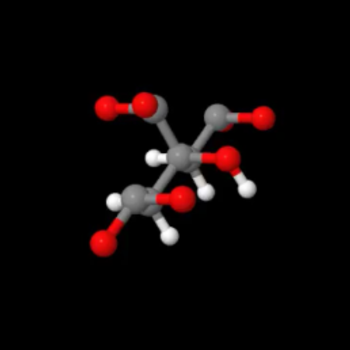How do you find the amplitude, period, and shift for #y=4tan2(x-pi/2)#?
1 Answer
Dec 15, 2015
#"Amplitude" = abs(a) = 4# #"Period" = pi/b = pi/2# #"Phase Shift" = c/b = pi/2#
Explanation:
Here's one way to write a generic tangent function that has been transformed in some way.
In this scenario:
#"Amplitude" = abs(a)# #"Period" = pi/b# #"Phase Shift" = c/b#
For your specific problem, the coefficient
The values are identical, but a bit easier to spot:
#"Amplitude" = abs(a) = 4# #"Period" = pi/b = pi/2# #"Phase Shift" = c/b = pi/2#
If this function was a sine or cosine function, the period would be

